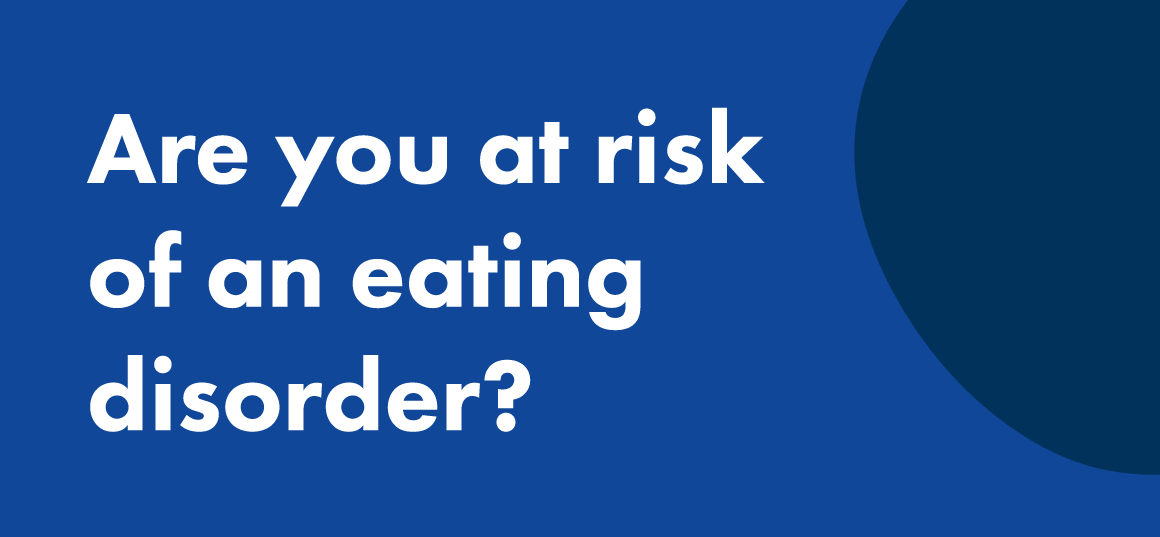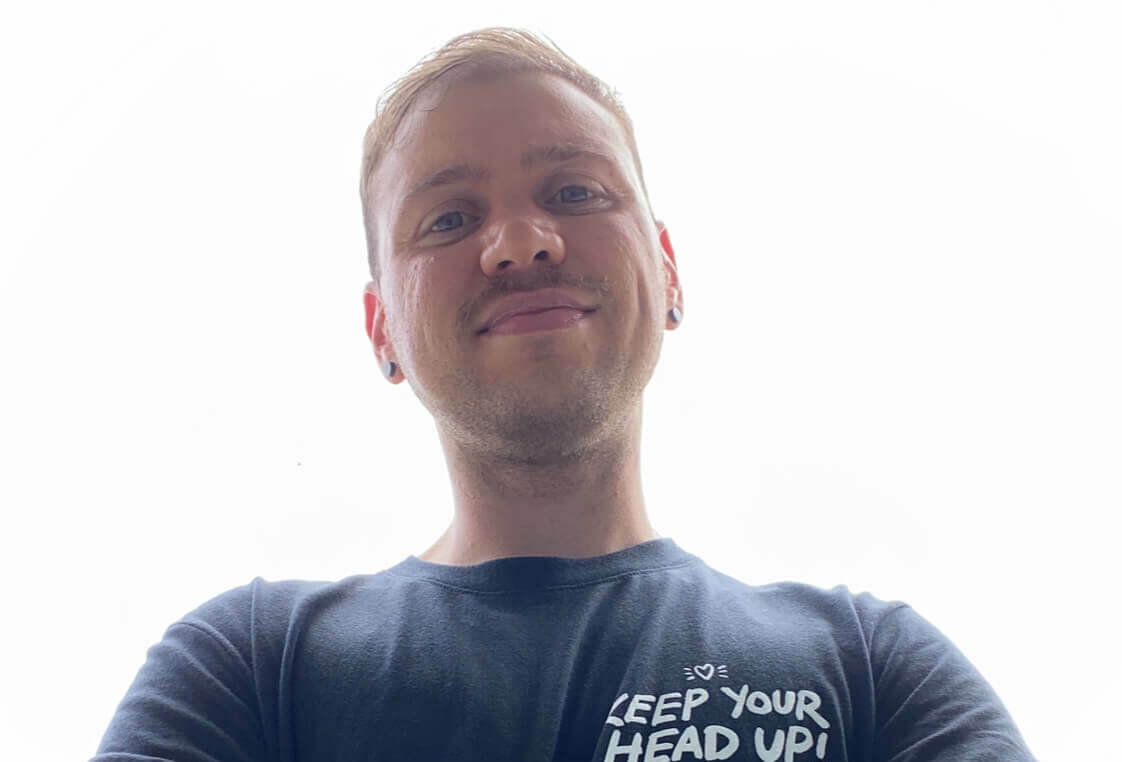Being a BIPOC, curve model in Australia
The other day I started spotting, not a common nor normal motion of my flow, but what I know to be a direct influence of the extreme pressures I endured mentally last week. How wild it is that what my mind suffers, my body exemplifies. Reality plays a shock to me again, my body showing that the power of the mind influences.
I’m reminded of a memory from my childhood that I recall many times, a prize win at a local supermarket.
The cashier calls out on the loudspeaker, “The first child to reach the information desk wins a prize” I run faster than anyone could of expected; I have a lot of puppy fat.
I find the speaker, tap her on the hip and stand politely by, waiting for her to announce me victorious. I straighten up, proud I had made it so fast. The woman looks at me and turns her back; each time I tap her I know soon more kids will arrive, and each time I’m met with a glance as what I now recognise as a face of discomfort and disgust. A reshuffle again, until eventually a little girl who looks completely opposite to me appears. She is met with smiles and wins the prize.
I’m upset, I battle with the unfairness. Later I realise this was one of my first defining lessons in inequality. My mother finds me, tears everywhere, and confronts the speaker. Another lesson is about to come. I register the look of bewilderment from the lady as my mother points at me and says “this is my daughter”. This is a look I see frequently, and now I understand that people see me and her as a split set, rather than a matching pair.
I know this memory because I recognise it as a defining moment of knowing that the way I looked and my skin colour will influence people‘s connections and reactions to me.
As an adult, I continue to recognise those facial expressions, while adding many more to my repertoire over the years. The only thing that hasn’t changed is the way it makes me feel, which is valueless.
I carry my experiences growing up and what happens to me every day. I power it into my work because I know these feelings and memories are not mine alone, but they also belong to many people who are mixed-race, BIPOC, first generation, Indigenous or plus sized. Many who do not have a voice or the ability to speak up.
But I do.
When I raise a topic on my platform, I know it’s not just for me, it’s also for those who follow me. I know that in times when I am a model being tokenized on set, I comprehend the bigger picture; my physical presence in that space means a lot more for so many people whom I represent, than just myself. Curating a space creates ripple effects for generations to come.
BIPOC people learn to grow up in society as a palatable version of who we are, sacrificing individuality to minimise humiliation or prejudice. As adults, we then begin the exhausting journey of unravelling the curated persona for the western aesthetic we forged, in effort to survive and be accepted. Simultaneously, we begin to wonder where we lost ourselves and why this road had to be walked, who else is walking it. I stand a thin line of being the “angry brown fat girl,” because I ask for equality, or the girl who’s too westernised for her ethnic culture; colonised.
We flaw women if we continue to pin one size against the other, with one being perceived as greater. We underestimate health and we begin a process of devaluing many, leading them directly to body dissatisfaction. We need to realise there isn’t only one prototype of beauty in Australia, not when we bank ourselves on multiculturalism. I happen to think what makes us so different in terms of diversity within our nation, is what makes us so special. Being on Indigenous land surrounded by Indigenous cultures, is Australia’s greatest treasure.
Mahalia Handley is a Maori/Irish-Australian model from Darwin who is passionate about diversity, inclusion and representation within the fashion industry. She was recently announced as one of Australian Fashion Week’s “Change Makers” and was the first ‘plus-size’, BIPOC, first-generation Australian to talk on a panel at fashion week. Mahalia is also one of the faces of Butterfly’s #ChangeThePicture campaign, sharing her experience of body dissatisfaction to highlight the importance of Butterfly’s Education and Prevention Programs.






















